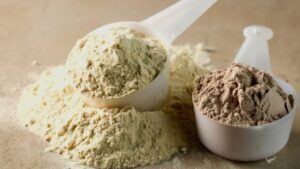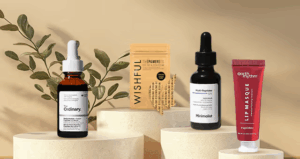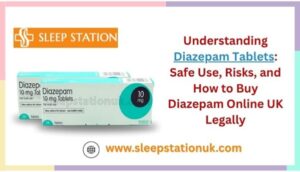
Purchasing peptides requires careful evaluation of multiple factors before making any commitment. Quality verification, supplier reputation, storage requirements, legal status, and intended application all demand attention. Peptide purchases without proper research can waste money or pose safety concerns. Personal use is regulated differently from research applications. Taking time to assess these elements protects both health plus financial investment in peptide products.
Quality verification
HPLC testing results indicate purity levels. Most research-grade peptides should show 98 percent or higher purity. Lower percentages suggest manufacturing problems or degradation. Mass spectrometry confirms the peptide sequence matches what is advertised. These tests catch substitutions or incorrect amino acid sequences. bluumpeptides.com should offer batch-specific testing documentation rather than generic certificates. Visual inspection provides basic quality checks. Peptides should appear as white or off-white powder. Clumping indicates exposure to moisture during storage or shipping. The vial itself should be sealed properly with no cracks or damage. Vacuum-sealed vials exhibit slightly concave rubber stoppers due to the vacuum pull.
Storage requirement assessment
Peptides degrade rapidly under poor storage conditions. Temperature control ranks as the most critical factor. Lyophilized powder form remains stable at specific temperatures. Most peptides require refrigeration between 2°C and 8 °C. Reconstituted peptides have much shorter shelf lives than powder form. Bacteriostatic water extends usable time compared to sterile water. Most reconstituted peptides last 2 to 4 weeks when stored properly in the refrigerator. Freezing reconstituted peptides usually damages the molecular structure. Planning purchase quantities around realistic usage timeframes prevents waste from expired products.
Legal status verification
The legality of peptides varies dramatically between countries, states, and regions. Some peptides are exempt from restrictions for research purposes. Others fall under controlled substance regulations. Importing certain peptides across borders may violate customs laws even when domestic possession is legal. Research purposes versus personal use creates legal distinctions in many jurisdictions. Peptides sold “for research only” carry specific legal protections sellers use. Personal use claims may trigger different regulatory frameworks. Some countries ban all peptide sales without prescriptions. Others allow the purchase of research chemicals with minimal restrictions.
Supplier reputation research
- Payment methods indicate legitimacy levels. Credit card processing requires merchant account approval that sketchy operations struggle to obtain. Cryptocurrency-only payment sometimes signals attempts to avoid financial oversight. Secure website encryption protects personal information during transactions.
- Shipping practices affect peptide viability. Peptides shipped without cold packs during the summer months likely arrive degraded. Temperature is exposed longer during international shipping. Domestic sources reduce transit time plus customs risks. Tracking information should be provided for all orders.
- Communication quality reveals professionalism. Knowledgeable staff answer technical questions about peptides accurately. Vague responses or sales pressure suggest limited expertise. Transparent policies on returns, testing, shipping build trust more than aggressive marketing claims.
Dosage calculation preparation
Peptide concentrations require mathematical calculations before use. Vial labels show the total peptide amount in milligrams. Reconstitution volume determines concentration per milliliter. The intended dose per administration dictates how much solution to draw. Online calculators help verify math. Units of measurement should be understood to prevent mistakes. Insulin syringes measure in units rather than millilitres, adding an extra conversion step. Bacteriostatic water volume choices affect concentration plus injection volume. Smaller reconstitution volumes create higher concentrations. This allows lower injection volumes but requires more precise measurement. Larger volumes make measurement easier, but they also increase the injection volume. Personal comfort with tiny measurements should guide reconstitution planning.






